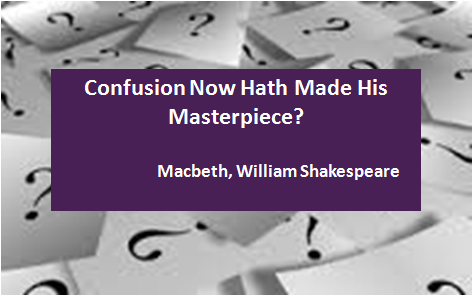
Hedge Fund Valuation Under AIFMD
Prior to 2011, there was a developing global consensus on best practice for the valuation of assets held in hedge funds. In 2007, IOSCO published its Principles for the Valuation of Hedge Funds and in the same year the Hedge Fund Standards Board unveiled its first set of ‘comply or explain’ standards (which covered valuation) and AIMA released the second edition of their Guide to Sound Practices for Hedge Fund Valuation. Two years later in the US, the report of the Presidents Working Group on Best Practices for the Hedge Fund Industry had a chapter on valuation and this was fully adopted into the Managed Funds Association’s Sound Practices for Hedge Fund Managers.

Ian Blance
Managing Director, Voltaire Advisors LLP
There were some inconsistencies in these standards as was only to be expected given the different drivers, audiences and jurisdictions under which they were formed, but in general, they agreed on an overall approach:
- Valuations were, wherever possible, to be carried out by an external valuations provider – typically the fund administrator;
- These valuations were to be conducted according to stated valuations policy and procedures approved by the funds Governing Body;
- The investment manager would have minimal influence on this process.
It was firmly believed that this was the best method of mitigating conflicts of interest in the fund valuation process and protecting the funds investors.
Then came the Alternative Investment Fund Managers Directive (AIFMD), which was proposed to the European Commission in 2009, adopted in 2011 and came into force in 2013. The requirements of this Directive with regard to valuation threw a metaphorical spanner into the works of the developing industry consensus with apparently contradictory guidance and some unusual definitions of industry players and their responsibilities.
The first of these was, in Article 19 of the AIFMD, the placing of responsibility for valuation firmly at the door of the investment manager (AIFM). The Governing Body of the fund (AIF) barely gets a mention in Article 19, other than references to national law and the AIF articles of incorporation, and their duties and responsibilities for valuation are not stated. Provided that the valuation task was functionally independent of portfolio management influence and unrelated to remuneration, the AIFM was perfectly entitled to perform the valuation itself.
This is at odds with regulatory regimes in other jurisdictions – notably the United States – and with company law in most cases, which states that the fund board is ultimately responsible for fair valuation of the fund as part of its fiduciary duties. AIFMD does state that the valuation policy under the Directive should be implemented ‘Without prejudice to requirements under national law and the AIF rules and instruments of incorporation…’ but all subsequent references refer to the activities of the AIFM.
The AIFM did not have to perform valuations themselves. In a second unusual development a formal definition of an ‘external valuer’ was proposed. An AIFM could outsource its valuation activities to this entity, which was required to independent of the AIF and AIFM and be ‘subject to mandatory professional registration recognized by law or to legal or regulatory provisions or rules of professional conduct’ and to provide ‘professional guarantees’ as to their suitability to perform the task. The appointment of an external valuer did not change the AIFM’s responsibility to the AIF or its investors, but the external valuer was liable to the AIFM for losses incurred as a result of negligence or intentional failure to perform tasks.
There was a hope that fund administrators would take up this formal role as External Valuers, but the imposition of liability and the stringent requirements for professional registration and/or guarantees effectively put paid to this. To date only a small percentage of AIFM’s use official External Valuers, and those typically for easy to price instruments such as listed equities, or for specialist asset classes such as real estate. The fact that the AIFM could outsource the task but not the ultimate responsibility for valuation also encouraged managers to choose to retain control of the function in house.
So it would appear that, in contrast to the consensus approach mentioned above, AIFMD has created an environment where:
- Valuations are typically carried out by the fund manager (AIFM) rather than an independent and/or external party;
- These valuations are conducted according to the AIFM’s own policies and procedures, albeit with reference to national law and the AIF’s articles;
- The investment manager is fully responsible for this process.
In fairness to the European Commission, AIFMD was a relatively early regulatory response to the crisis and may well have created unintended consequences. The Directive is due to be reviewed in 2017 – quite soon after implementation – and the consultation process ahead of this will surely take a critical look at some of these issues.
So, if you are an AIF and AIFM or someone who services or advises this industry, we recommend you start planning for AIFMD II in 2018!